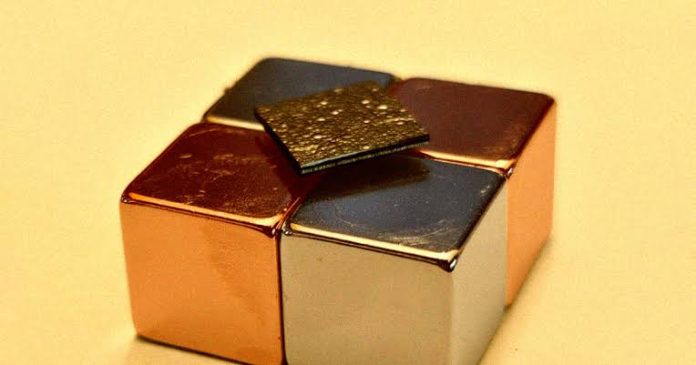Jason Twamley and his research team at Japan’s Okinawa Institute of Science and Technology (OIST) have achieved a major breakthrough in quantum science: levitation without using external energy. By using a new type of material, they have opened up exciting possibilities for future technology, including gravity-defying applications.
The researchers used a combination of superconductors and diamagnetic materials to allow objects to float above magnets. This technology is similar to how maglev trains operate and has the potential to revolutionize sensor development, particularly in ultra-sensitive oscillators.
The team faced challenges such as reducing eddy damping and minimizing kinetic energy, which can interfere with levitation. To overcome these issues, they developed a graphite-based material coated with silica and wax, which allows levitation in a vacuum.
This material offers real-time feedback mechanisms to control and stabilize movement, making it highly precise—comparable to atomic gravimeters used for measuring minute variations in gravitational force. This level of precision could lead to advances in various fields, including scientific research and practical applications such as navigation and communication technologies.


